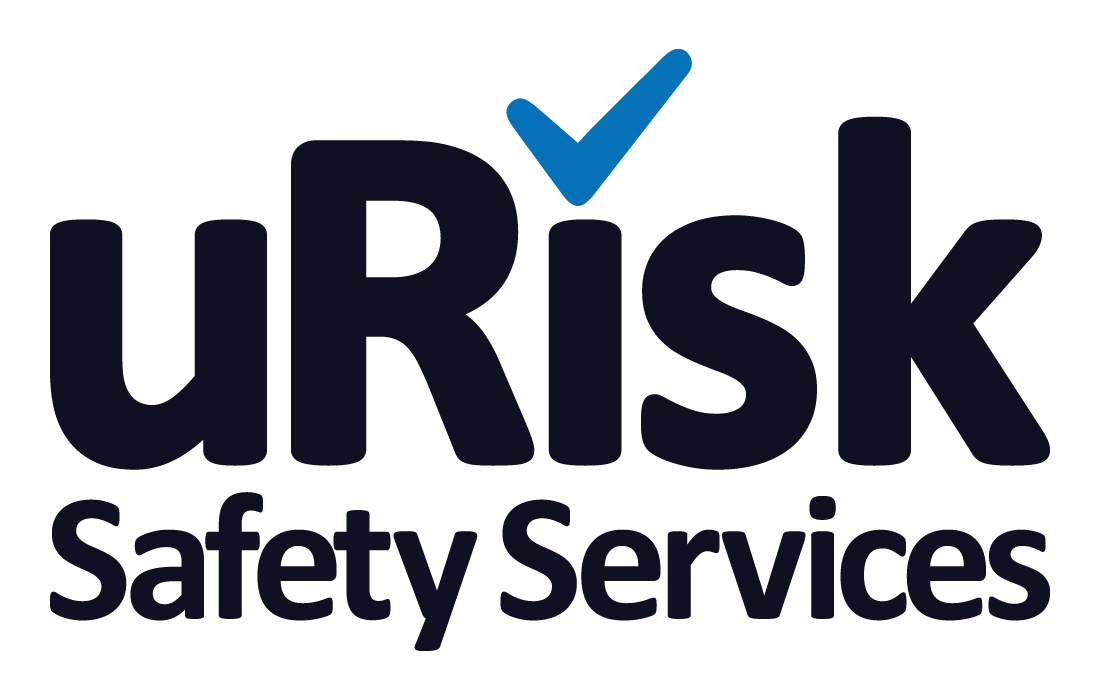What is an expansion vessel?
Expansion vessels are important components in most modern pressurized domestic hot water heating systems. They are designed to protect the components of the system from a build-up of pressure which could cause damage to the installation.
In most hot water systems, expansion vessels are filled with one-half water and one-half air. When the pressure builds up in the water system, that air becomes compressed to absorb any excess pressure which helps to protect the water system including the cylinder and pipework. When operating correctly, an expansion vessel will partially fill and empty depending on the demand and use of the hot water.
In simple terms, this means that when hot water heats up in the hot water cylinder, it expands, and therefore needs somewhere to head for more space. The expansion vessel provides this space with a bladder which acts like a balloon to expand and decrease in size depending on the use and heat of the hot water.
Expansion vessels can normally be found in any hot water system where the water is pressurized. This means when the water supply is supply by a water system that is pressured such as mains water supply or boosted water supply. This shows us that expansion vessels can be installed almost anywhere from dentists to hotels, schools or care homes.
Expansion vessels and the risks from Legionella
Due to the installation and design of an expansion vessel, the Health and Safety Executive have identified expansion vessels as a potential Legionella risk. This is mainly because they often have low water flow or stagnation problems, especially where system pressures and temperatures remain steady and do not increase/decrease. Often acting as a dead leg, no water passes through the expansion vessel, or away from the vessel, leading to stagnation and a good environment for bacterial growth.
If you have a water system within the UK and an expansion vessel forms part of your water system, it is your legal duty to be aware of the potential risks from Legionella bacteria and other waterborne pathogens and take appropriate action to minimise the risk. This process normally starts by undertaking a legionella risk assessment.
Why does Legionella grow inside expansion vessels?
As with any water system, asset or component, if the conditions are suitable for Legionella growth, then bacteria may multiple. An Expansion vessel often has the following conditions that will encourage Legionella growth:
- Stagnation and poor flow
- Nutrients such as scale, rust and sediment
- Temperatures that encourage Legionella growth, between 20 and 50°C
How to reduce the risk from Legionella in expansion vessels?
Whether you have an existing expansion vessel or going to install a new expansion vessel, there are a few things you can do to minimise the risk of Legionella growth within your expansion vessel. “To minimise the risk of microbial growth, expansion vessels should be installed:
- in cool areas on cold flowing pipes
- mouthed as close to the incoming water system as possible
- mounted vertically on pipework to minimise any trapping of debris
- with an isolation valve and drain valve to aid flushing and sampling
- to minimise the volume retained within them
- designed to stimulate flow within the vessel”
HSG 274 Part 2 p.238
What is included in an expansion vessel flushing service?
Isolation and flush through
Sample upon Request
Record Keeping
Service Process
Get a Quote
Get a quote today by phone, email, or complete our contact form to receive a quotation within 24 hours.
Booking
Our coordinator will be in touch to confirm a Date That Suits You, along with estimated time of arrival.
Your Appointment
On the day of your appointment, you will receive a 30 min Curtesy Call from an engineer to confirm they're on route.
Report
Your report is then Quality Checked and emailed in PDF Format, with Next Day Delivery.
Support Call
Our support team will be in touch to arrange your free 30 min Support Call to help explain your report.
All payments are due prior to booking completion unless agreed in writing for 30 days from the date of invoice. We will hold your booking time for 24 hours whilst we await payment. Reports are typically next day delivery, but please allow for up to 5 working days delivery.
Your Dedicated Safety Team

Jack
Customer Service

Neil
Operations

Matthew
Support

Shaun
Technical
Expansion Vessel FAQs
What happens if I do not flush expansion vessels?
Under the Health and Safety at Work Act 1974 and in compliance with the Approved Code of Practice (ACoP L8, HSG 274), duty holders, including employers and those in control of premises, must ensure the health and safety of their employees or others who may be affected by their undertaking, this includes the risk of legionella.
Expansion vessels have a rubber diaphragm that are a source of nutrients to legionella. They are also installed on lengths of pipe that do not allow water to move as the expansion vessel itself creates a dead end. With the combination of the two, legionella has the ideal opportunity to proliferate. For this reason you must ensure that your expansion vessel and the associated pipework is flushed regularly.
How often do I need to flush our expansion vessels?
In accordance with the legionella guidelines, HSG 274, expansion vessel flushing should be understand six monthly.
Do I need to flush all expansion vessels?
All expansion vessels on hot and cold water domestic systems require flushing. However, expansion vessels on heating systems do not as they form part of a closed system. A closed system is where the water content does not escape the system. For example, with hot and cold water domestic systems water exits through taps, showers, baths and therefore allows for exposure to that water. Whereas, with heatings systems, typically water does not leave the systems through radiators or pipework, therefore the risk and exposure to legionnaires disease is reduced.
How long does an expansion vessel flush take?
Depending on the size of the expansion vessel and the length of pipe that is connected to it, typically, it may take between 5-20 minutes to fully flush.
Are uRisk qualified?
Yes, all of our assessors are fully qualified and accredited by City & Guilds and can help assist you in meeting compliance today for HSE (ACoP L8). We are also Safe Contractor and Construction Online approved so you can rest assured that you are working with a trusted water hygiene service provider who put health and safety first.
All our engineers are DBS Checked to ensure suitable people are entering your premises and to safeguard vulnerable people. We are committed to maintaining the highest standards.
Do uRisk service my area?
Yes, our services are nationwide. Whether you have one or multiple water systems and one or multiple sites, we provide services across the country, with qualified engineers scattered throughout the UK and offices based in Hertfordshire which is a 30-minute train journey to London King’s Cross.
Why choose uRisk?
Over 25 years of water hygiene and legionella control experience.
Friendly and simple advice by phone, email & online at your convenience.
All staff are trained water hygiene consultants and engineers.
With engineers located all across the UK, we're never too far away.
Our labs are UKAS approved providing you with quality assurance.
Your one stop shop for Legionella control, no need to go elsewhere.










